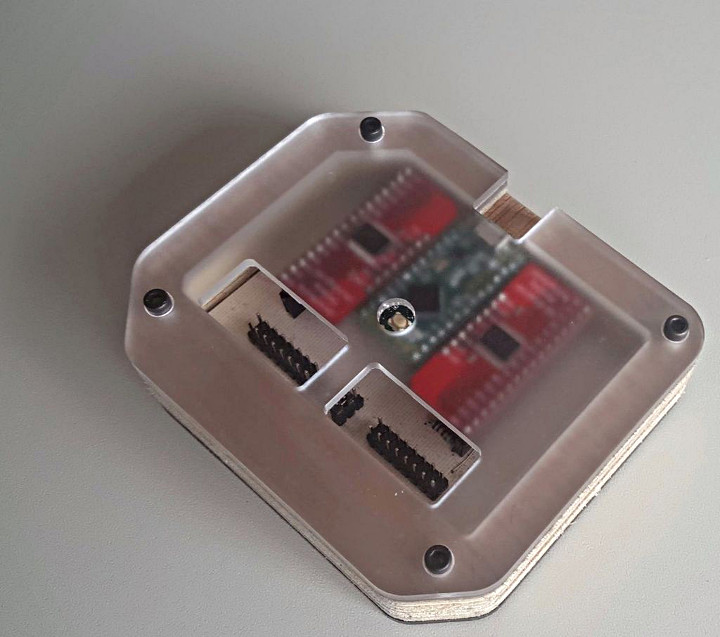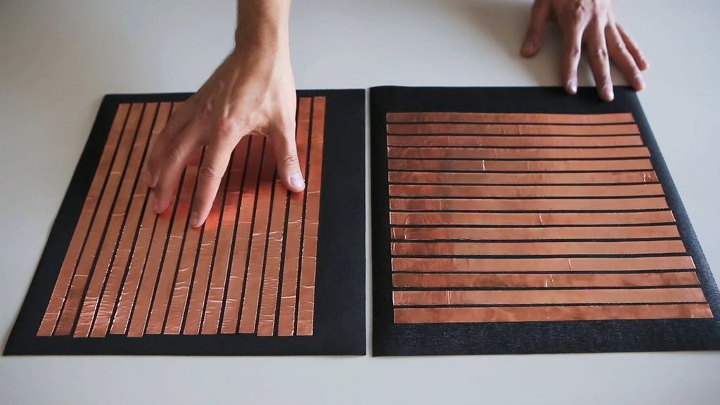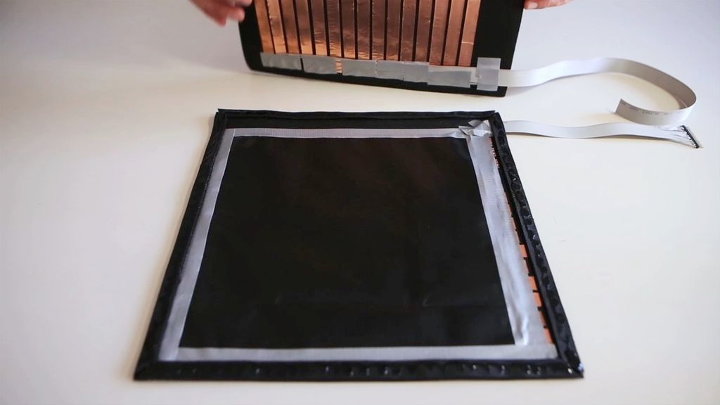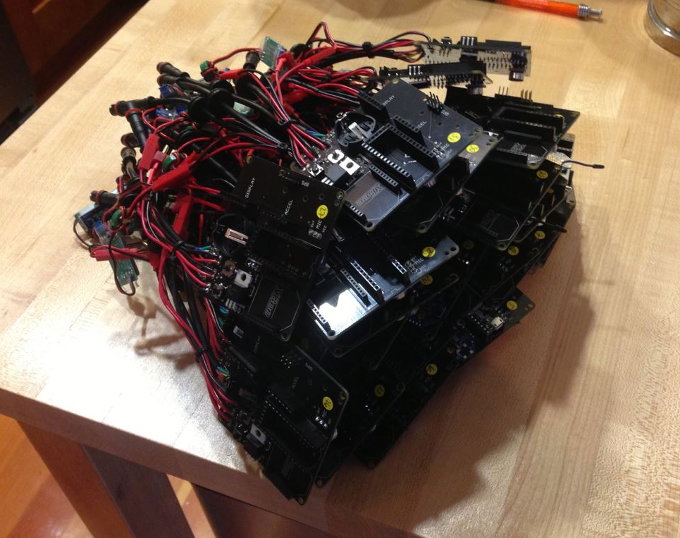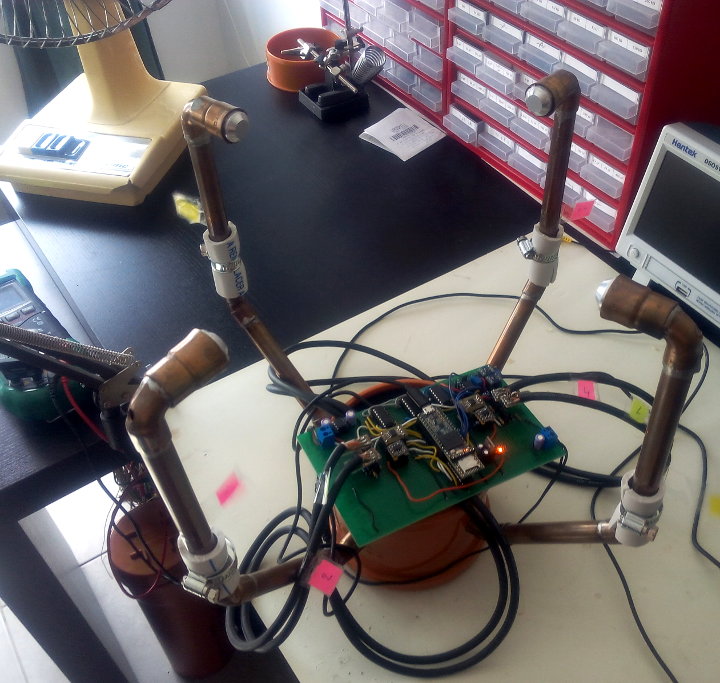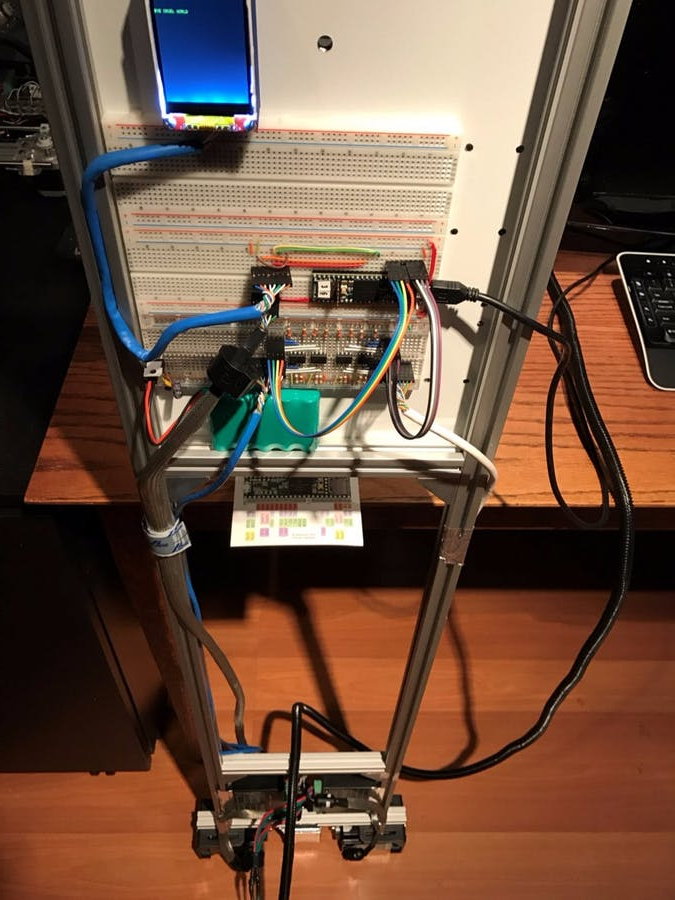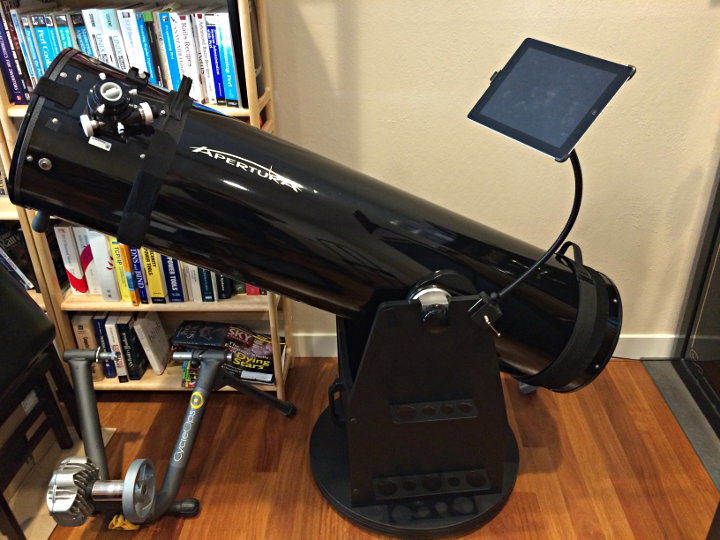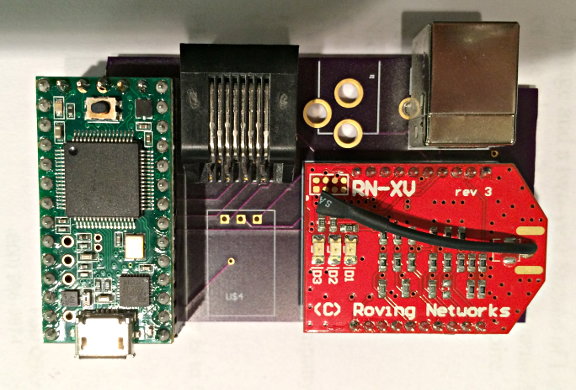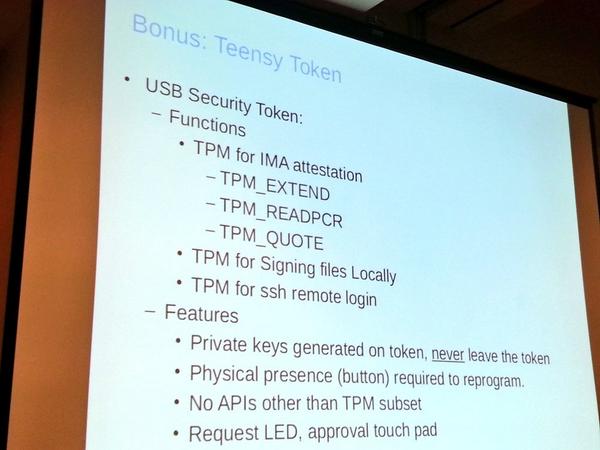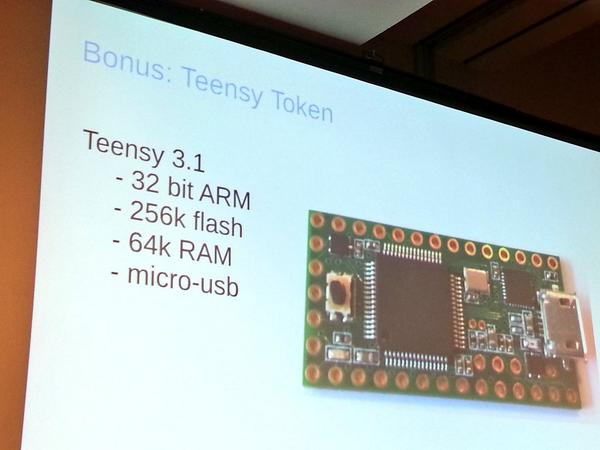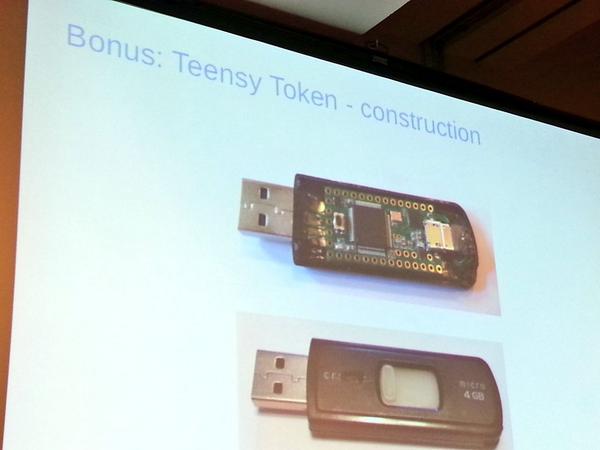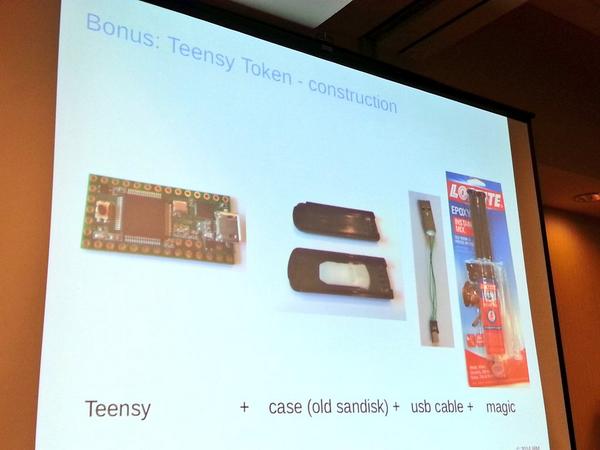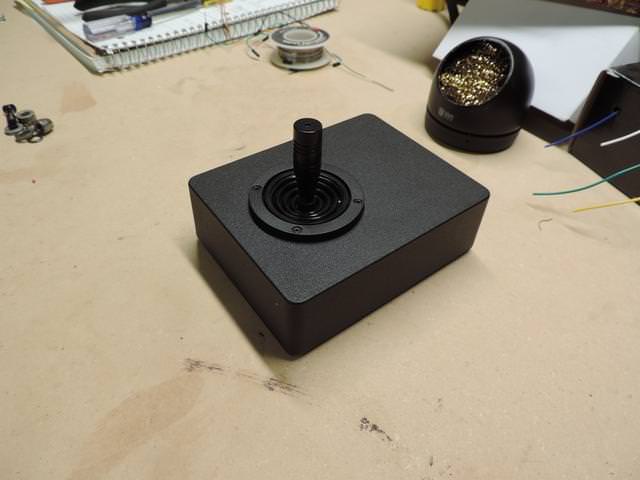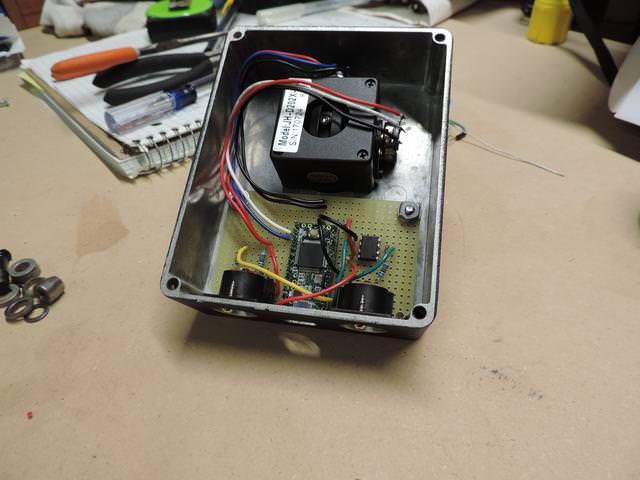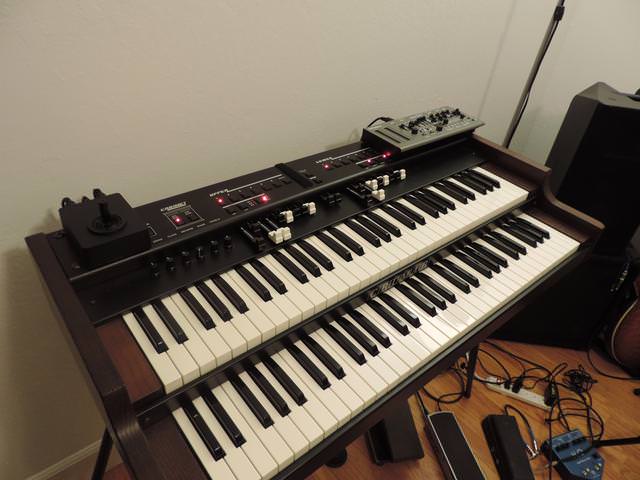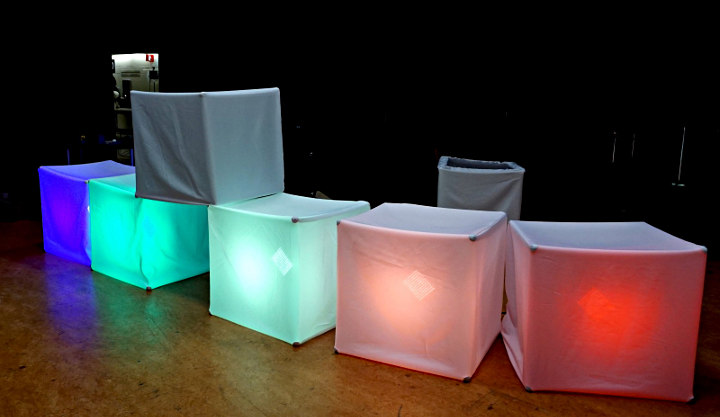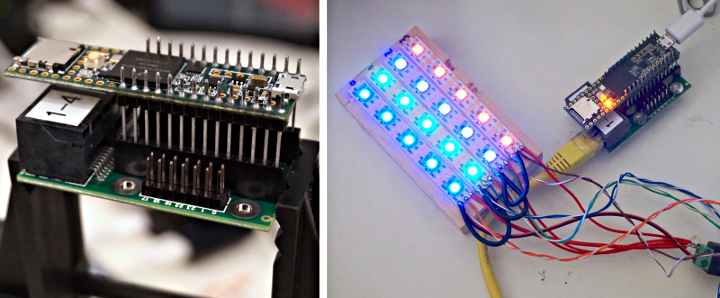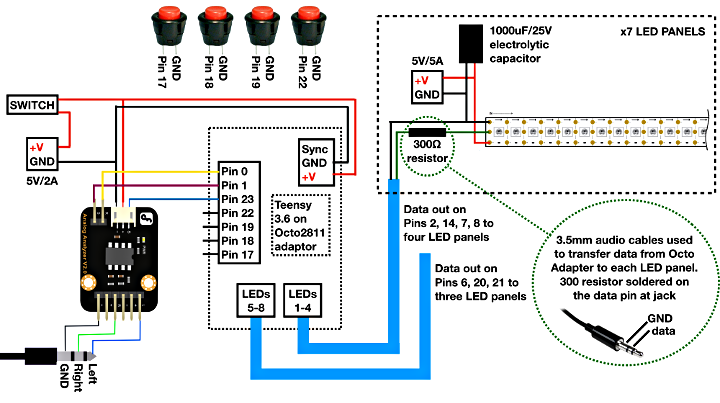Eric Betts was inspired to help decorate a Simpson’s inspired drink station at his office so he created Moe’s Phone – a modified 90’s (or maybe 80’s) era phone that plays Bart Simpson’s prank calls each time the receiver is lifted.

Picking up the receiver plays a dial tone, followed by the dialing of the phone number for Moe’s (it sounds like someone hit the ‘redial’ button). Finally, a random clip starts playing. You can hang up at any time to stop the clip, and the line goes dead when the clip finishes. Small touches like that added a lot to the experience.
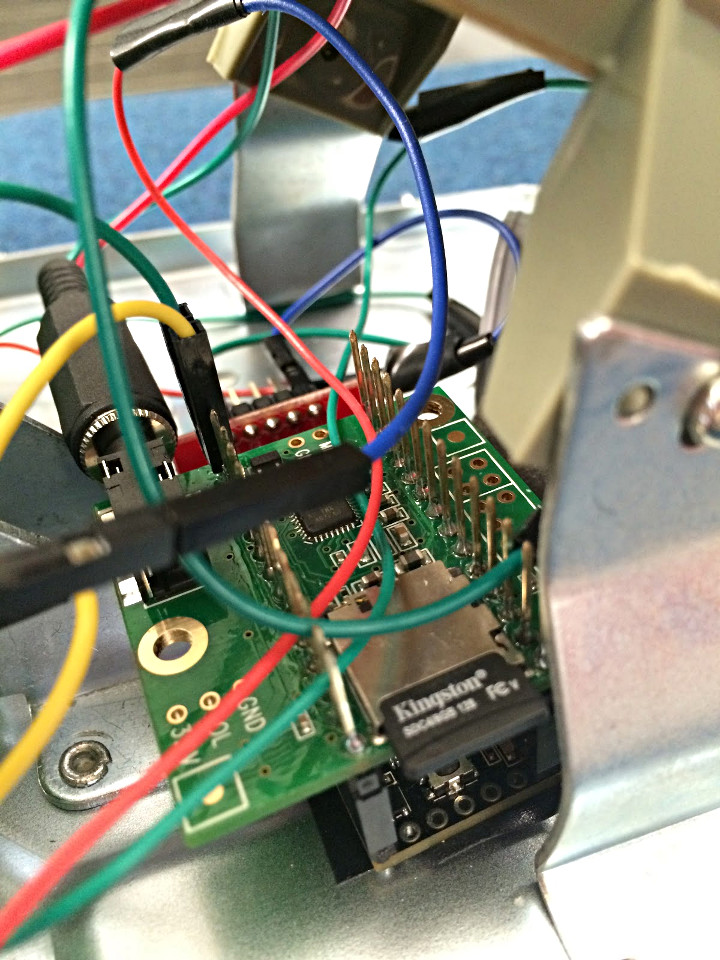
You can find the code for the project on GitHub.
